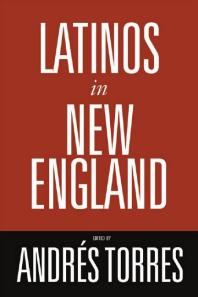Celebrating Hispanic Heritage Month
Hispanic Heritage Month celebrates the history, culture, and contributions of people who are Hispanic. Hispanics are a diverse group of over 62 million people in the US, growing from 50 million in 2010. Hispanic people come from diverse backgrounds, including the US territory of Puerto Rico, Mexico, and Cuba. There is a long history of Hispanic people living and working in the US as it was founded and expanded. The US incorporated (conquered) the American West, including California, from Mexico during the Mexican Civil War (1846-1848). Many Chicano (Mexican American) people have lived in what is now the US for centuries, while other Hispanic people have migrated to the US since 1965.
The term Hispanic was developed in the 1960s as a pan-ethnic, pan-racial identity of people from Spanish-speaking backgrounds for use on the US Census, which includes people from Spain and can exclude people of pre-Columbian heritage (e.g., Mayan ancestry) or other non-Spanish ancestry. Hispanic is hotly contested since many people prefer national identities (e.g., I’m Mexican or I’m Columbian).
Who are you calling ‘Hispanic’ (Code Switch from NPR, 2021)
The term Latino, or de-gendered Latinx, is a newer pain-ethnic identity for people from Latin America, many of whom speak languages other than Spanish, including Indigenous languages (e.g., Quiché), French, English, and Portuguese. Latin America tells the story of Spanish, Portuguese, French, and British colonization (1494 -1824), with the Mexican War of Independence contributing to the end (1821) and modern countries emerged. See a timeline of colonial Latin America. Latin America comprises Central America, South America, the Caribbean, and Mexico (in North America). There are 33 countries and multiple territories of the US (e.g., Puerto Rico), the UK (e.g., Bermuda), and France (e.g., French Guiana) with over 650 million people.
Learn more about Hispanic Heritage Month from the Smithsonian
- Read about Four History Making Latino Aviators
- Listen to a Latino Music Collection
- View a virtual gallery ¡Presente! A Latino History of the United States, from National Museum of the American Latino. Take a virtual tour of the DC gallery.
- Listen to an interview with Farmworker Rights Organizer Dolores Huerta
Films
New Latinos
“Highlights the swelling immigration from Puerto Rico, Cuba and the Dominican Republic that stretches from the post-World War II years into the early 1960s as the new arrivals seek economic opportunities.”
Prejudice and Pride
“Details the creation of the proud “Chicano” identity, as labor leaders organize farm workers in California, and as activists push for better education opportunities for Latinos, the inclusion of Latino studies, and empowerment in the political process.”
My Bolivia: Remembering What I Never Knew
“MY BOLIVIA tells what happens when a Latino filmmaker from the United States tries to unravel the myths and realities of his family history in Bolivia; the country where his father was born.”
Neruda
“This Golden Globe-nominated film features international star Gael García Bernal as a policeman chasing Pablo Neruda, perhaps the most important poet of the 20th century and a hugely influential political figure.”
